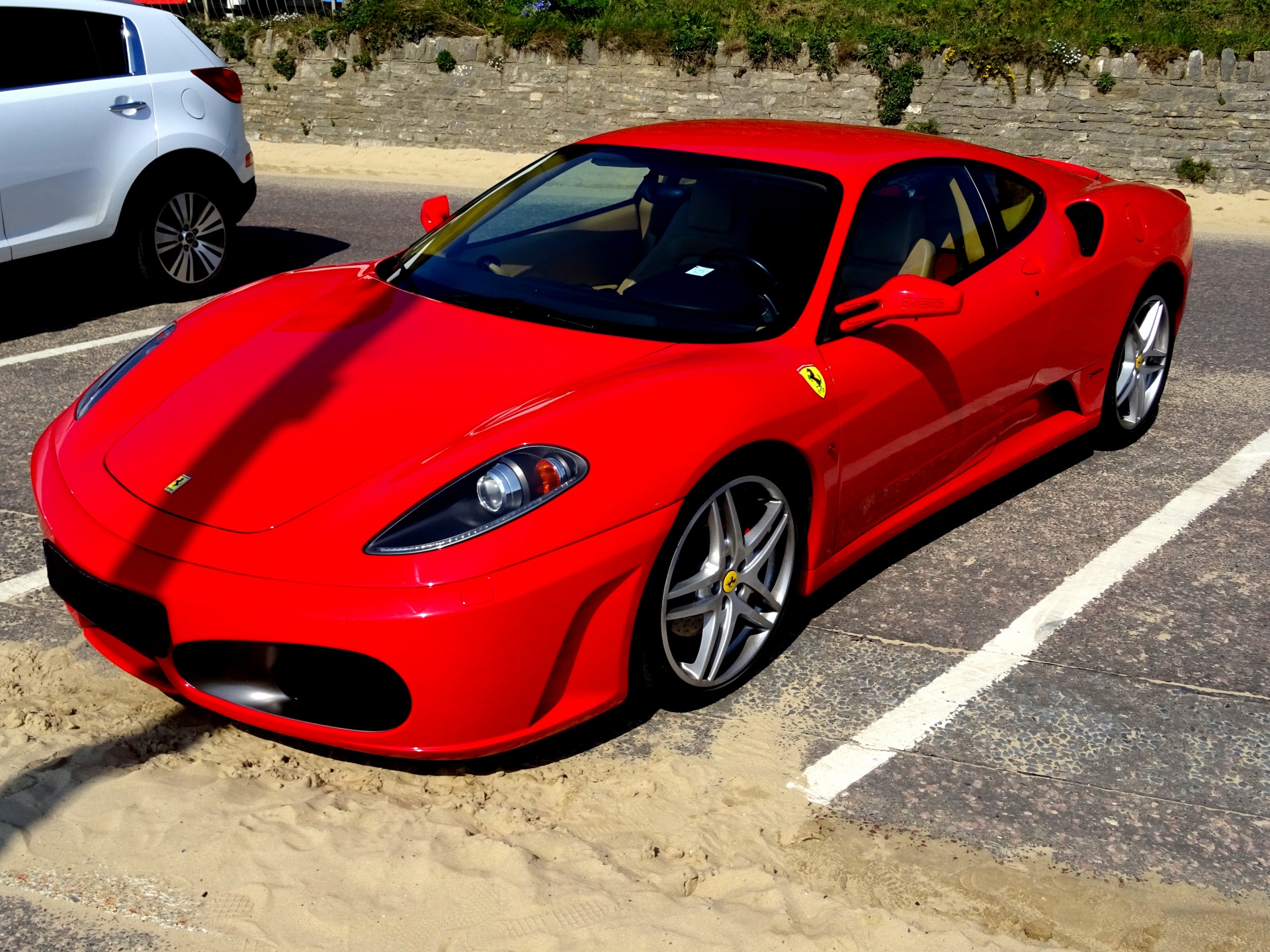Imagine a blank canvas—a new car gleaming under the sun, ready to be cloaked in a vibrant hue. Car painting is not merely about aesthetics; it’s a labor of love, an intricate dance of colors and finishes that can transform an automobile from mundane to magnificent. However, before one can embark on this chromatic journey, the essential query arises: how much paint is required to achieve the perfect finish? Understanding the nuances of automotive paint coverage involves delving into several factors, from surface area to paint types and application methods.
The first step in understanding how much paint you’ll need is to determine the surface area of your vehicle. Sedans, hatchbacks, trucks, and SUVs each have different dimensions, much like how different brush strokes create varying effects on a canvas. On average, a standard car requires about 1 to 2 gallons of automotive paint for a complete exterior job, but factors like size and complexity should not be overlooked. For instance, a compact car will likely need closer to 1 gallon, while larger vehicles or those with intricate designs may consume up to 2 gallons or even more. Visualizing this task is akin to laying out a roadmap before embarking on an adventure—having clarity on the size of your vehicle will set the stage for your painting endeavor.
Once the surface area has been assessed, it’s crucial to consider the type of paint being applied. Automotive paints generally fall into three primary categories: solvent-based, water-based, and specialty finishes (such as metallic or pearlescent). Solvent-based paints are renowned for their durability and glossy finish, making them a popular choice for enthusiasts. However, they require careful handling due to their volatile organic compounds (VOCs). On the other hand, water-based paints are becoming increasingly favored due to their reduced environmental impact and improved safety. These paints typically yield a softer sheen, but they may necessitate specific primers or clear coats for that final pizzazz.
Importantly, the application method can significantly influence paint consumption. Spraying is the most common method, employing equipment designed to deliver an even coat over the vehicle’s surface. A spray gun offers a fine mist and controlled coverage, essentially setting the stage much like an artist’s palette from which the painter dips their brush. When employing this technique, an additional 10% of paint can be estimated to account for overspray and the inevitable learning curve of any painter. In contrast, methods like rolling or brushing, while less common for automobiles, do exist and result in notable variations in how much paint is consumed.
In addition to technique, the number of coats applied plays a pivotal role in determining total paint usage. Most automotive refinishing requires a minimum of two to three coats for optimal depth and vibrancy. Each coat is akin to layering colors on a canvas, allowing the previous shade to shine through while enriching the final appearance. As each layer dries, the car emerges more vivid, more alive—like watching a flower bloom before your eyes. Depending on the depth of color desired, a clear coat finish may follow, which often necessitates yet another round of paint. Altogether, the average automotive paint job might consume anywhere from 1.5 to 3 gallons, when accounting for preliminary coats and the protective finish.
Another crucial aspect to bear in mind is the necessity of preparing the surface. Preparation is not merely a preamble; it’s the foundation upon which the entire paint job rests. Bodywork, sanding, and priming the surface are critical steps that ensure paint adheres properly, further influencing the amount of paint required. A well-prepped surface can mean fewer coats of paint are necessary, transforming what could have been a daunting task into a smooth, gratifying process. Think of it as smoothing out the rough edges before embarking on writing a novel: the finer the foundation, the better your story unfolds.
Moreover, environmental conditions during application can also affect the amount of paint used and its finish. Temperature and humidity levels play significant roles. For instance, applying paint in high humidity can lead to blushing and a thick, uneven finish. Consequently, painters often advise that the optimum conditions for car painting are typically between 70°F (21°C) and 85°F (29°C) with a relative humidity level below 50%. It’s as though twenty painters collaborated to perfect the strokes of a sunset; their success depends on ensuring that the atmosphere is just right.
In conclusion, embarking on the adventure of car painting is both thrilling and intricate. From determining your vehicle’s surface area, selecting the appropriate paint type, and employing the right application method to preparing the surface and considering environmental factors, the journey is filled with choices that shape the outcome. Each facet contributes uniquely to the overall paint consumption, which can range from 1 gallon for compact vehicles to upwards of 4 gallons for larger models. Thus, as you envision your vehicle transitioning from plain to prismatic, remember that every drop of paint tells a story—a testament to craftsmanship and creativity that transforms not just a car, but also the one who drives it.
